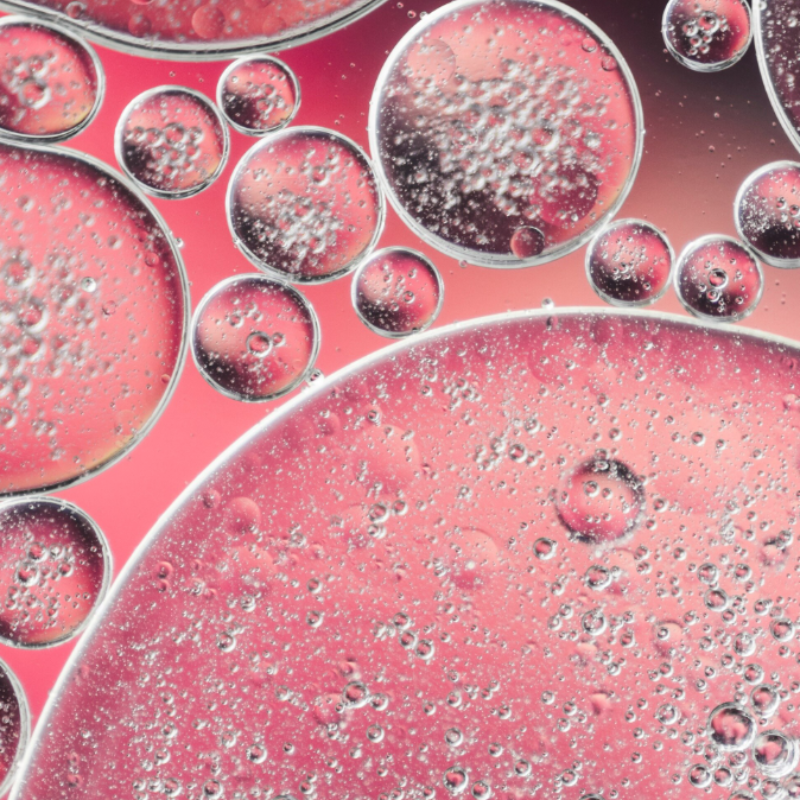Cultivate reality with advanced 3D cell culture models.
3D cell culture techniques have led to the creation of more predictive in vitro cellmodels for numerous applications including cancer research, drug discovery, neuroscience and regenerative medicine. Cells naturally grow and differentiate in three dimensional environments. Cells in their natural environment have constant interactions with extracellular matrix proteins (ECM) and other cells, regulating complex biological functions like cellular migration, apoptosis, or receptor expression.
Most of these interactions are lost, or significantly reduced, in traditional 2D cell cultures. Advanced 3D cell systems allow researchers to bridge the gap between classical 2D cell culture and in vivo animal models.
Recently, the use of advanced 3D cell culture methods such as tumor spheroids, stem cell organoids and tissue engineering via 3D bioprinting have been implemented to more closely model real in vivo cellular responses. Improving 3D cell culture models to accurately replicate the natural environment will provide more meaningful scientific conclusions and ultimately improve human health.





